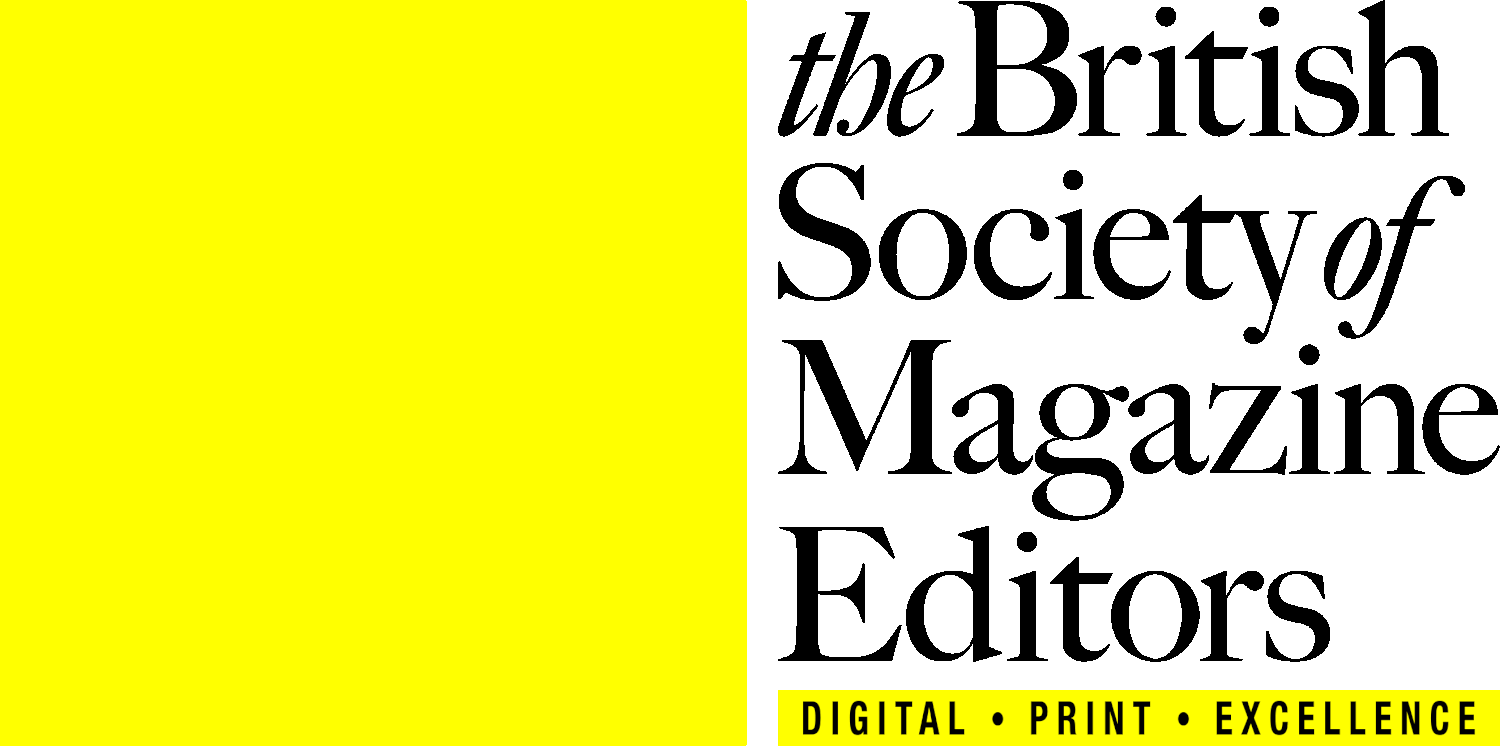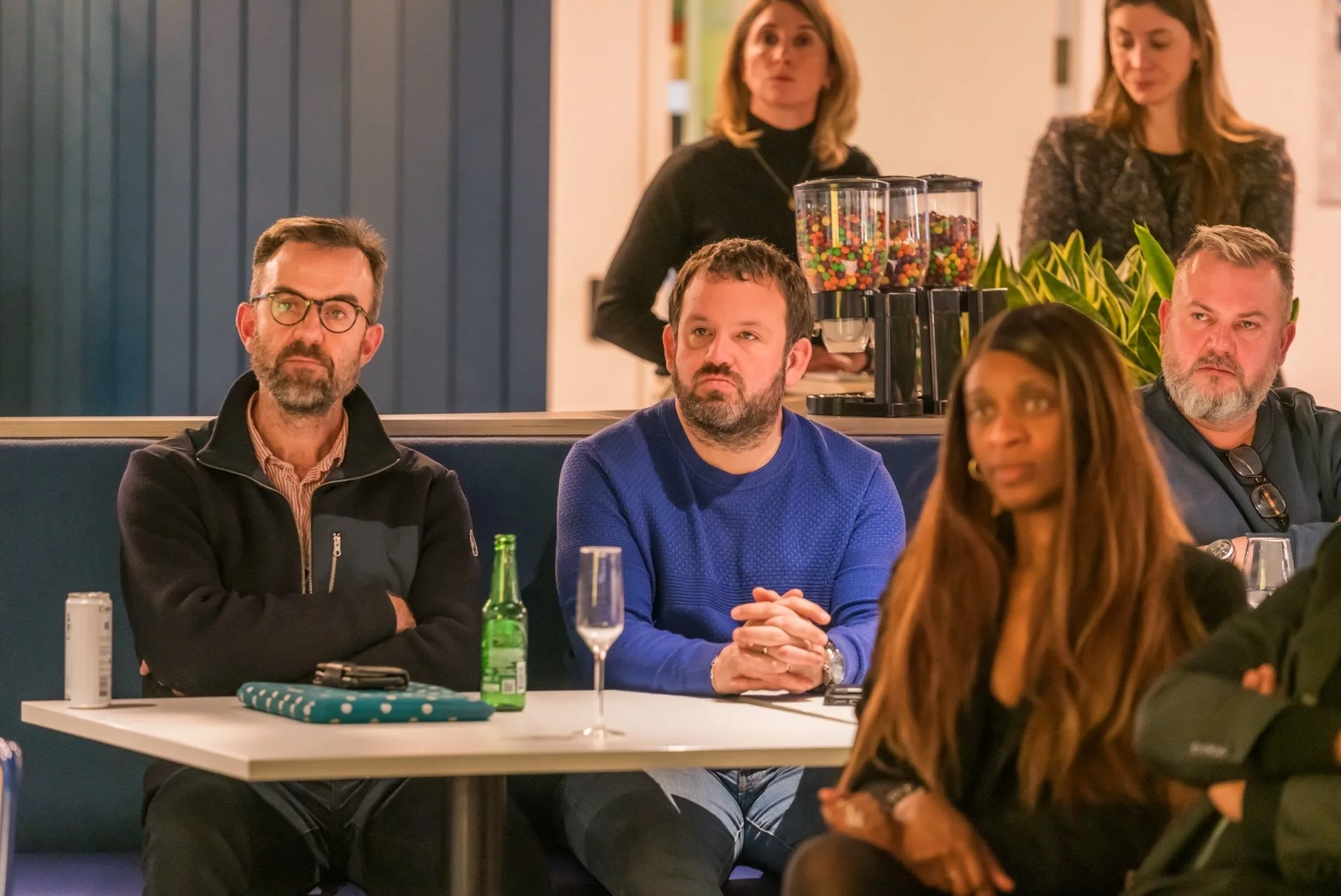Just days after Meta announced it was rolling back on fact-checking and with trusted reporting facing new challenges in the second Trump era, BSME members came together to discuss how to bridge the divide between journalism and advertising.
The panel was hosted by Gideon Spanier, outgoing chair of the BSME and editor-in-chief of Campaign, who spoke alongside Hattie Brett, editor-in-chief of Grazia, Sarah Jones, director of planning at Sky Media, Dino Myers-Lamptey, founder of The Barber Shop, Lara O'Reilly, senior correspondent at Business Insider, and Phil Smith, director general of the ISBA.
A recent study from ad agency, Stagwell, showed that advertising placed next to journalism is highly effective and does not impact brand safety. The panel explored the value advertisers place on news and journalism in a media landscape where investment is increasingly funneled into less reliable channels. Stagwell hosted the talk at their offices in the Blue Fin Building in Southwark.
Photos: David Cotter
AUDIO RECORDING
Listen to the full discussion (75 mins).
KEY TAKEAWAYS
Publishers aren’t doing enough to champion high-quality journalism. “Big tech companies are knocking down the doors of advertisers day in, day out, getting money from them,” says Sarah Jones, “I don't think that we’re necessarily doing as good a job from the quality journalism side.” When advertisers are opting for cheaper, less trustworthy alternatives, publishers need to “make more noise” about the value of high-quality journalism.
Phil Smith said that news has become so politicised it has pushed some advertisers to avoid the category altogether. He pointed to Group M, the largest media group, which spends just 1.28 per cent of their total ad budget on news media, in comparison to a previous figure of 60 per cent.
Editorial and commercial teams work better together. The most successful brand partnerships come from editorial teams working alongside advertisers to create high-quality content that serves hard-to reach audiences. Hattie Brett says collaboration can produce content that is “beneficial to the audience, that works for the client, and it works for [the publisher]”. Working with home decor brand, Wickes, Grazia created award-winning content that spoke to their audience’s needs.
Keyword blocking is broken. Advertisers use keyword blockers to avoid brand associations with so-called unsafe content. But this can have the effect of pushing advertising towards bland and often inauthentic placements. Talking about Taylor Swift’s “Person of the Year” spread in Time magazine, Lara O’Reilly said Time lost out because word blockers for terms like “tortured” (Swift’s album is The Tortured Poets Department) hindered ad placement on the piece. “It meant that [Time] had the most interesting person in the world at that moment, and the exclusive interview, [but couldn’t] make any money from it as a publisher. That really sucks.”
Advertisers need to pay more attention. Dino Myers-Lamptey, says advertisers need to think about “context” and “content”. Programmatic media buying can generate a large number of impressions, but don’t necessarily produce high-quality, meaningful engagement from audiences. He says it’s uncertain whether “the eyeballs and impressions are actually real” in these placements, and instead, advertisers should strive for media buys that target “high-attention audiences” with “factually relevant, engaging content”.
Written by Lucy Keitley, MA Magazine Journalism student at City, University of London.

















































